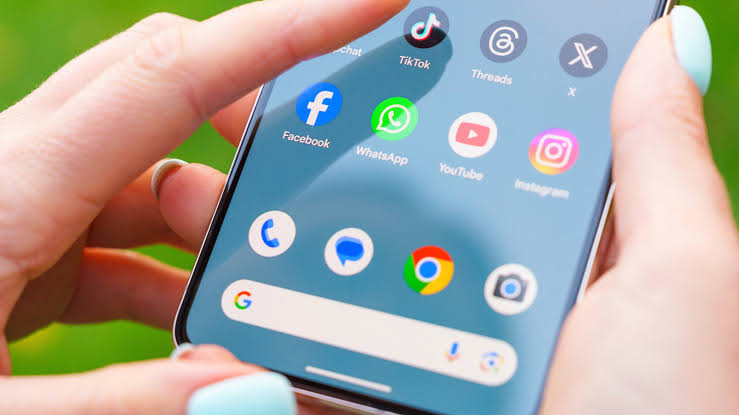Smartphones have become essential tools for communication, work, entertainment, and daily tasks. However, over time, many users experience slowdowns, reduced battery life, or storage issues that affect performance. Optimizing your smartphone ensures that it runs smoothly, efficiently, and with fewer technical problems. With the right habits and adjustments, you can extend the life of your device and enjoy faster, more reliable performance.
Keep Software Updated Regularly
One of the simplest but most effective ways to improve smartphone performance is to keep the operating system and apps updated. Updates often include bug fixes, security patches, and performance improvements. They can also optimize battery usage and enhance compatibility with new features. Enabling automatic updates ensures you never miss important upgrades that keep your device running at its best.
Clear Cache and Unnecessary Files
Over time, temporary files, cached data, and unused apps take up storage and slow down performance. Regularly clearing your cache helps free up space and allows apps to load faster. Many smartphones now include built-in storage management tools that identify large files, unused apps, and junk data for easy removal. For long-term efficiency, schedule a monthly cleanup to keep your storage balanced.
Manage Background Apps and Processes
Applications running in the background consume memory, processing power, and battery life. Optimizing performance involves monitoring which apps use resources and closing those you do not need. Most smartphones allow you to restrict background activity for specific apps, reducing unnecessary strain. Task managers and optimization settings can help automatically control background processes for smoother performance.
Optimize Battery Usage
Battery health directly affects smartphone performance. Poor power management leads to frequent charging, overheating, and system lag. To optimize battery life, adjust screen brightness, enable battery saver mode, and turn off features like GPS, Bluetooth, and Wi-Fi when not in use. Many devices also provide detailed battery usage reports, allowing you to identify apps that drain energy and make adjustments accordingly.
Free Up Storage Space
A nearly full storage can significantly slow down your smartphone. To optimize performance, regularly remove unused apps, large media files, and downloads. Cloud storage solutions are also helpful for backing up photos, videos, and documents, reducing local storage pressure. Expanding storage with a memory card, where supported, can also help keep your device responsive and organized.
Limit Animations and Visual Effects
While animations and effects make smartphones look more appealing, they also consume processing power. Reducing or disabling unnecessary animations can speed up transitions and free up resources for other tasks. Many devices include developer or accessibility settings that allow you to adjust these features for faster overall performance.
Restart Your Device Regularly
Restarting your smartphone clears temporary data, refreshes system processes, and resolves minor performance issues. A simple restart can often make a noticeable difference, especially if the device has been running continuously for weeks. Making it a habit to restart your phone every few days can prevent slowdowns and keep the system stable.
Use Built-In Optimization Tools
Most modern smartphones come with built-in optimization tools that automatically manage performance. These tools help clean memory, monitor battery health, and detect potential security threats. Running these utilities regularly ensures that your device maintains balance between performance and efficiency without requiring external apps.
Protect Against Malware and Security Risks
Malware and poorly designed applications can slow down performance by running hidden processes in the background. Installing apps only from trusted sources, keeping antivirus software updated, and monitoring permissions can prevent unnecessary strain on your device. Security practices not only protect data but also help maintain optimal system performance.
Avoid Overloading with Widgets and Live Wallpapers
Widgets, live wallpapers, and constantly updating backgrounds may look attractive but can slow down your phone. These features continuously consume battery and processing power. Limiting them to essentials improves both responsiveness and battery life, giving you a smoother user experience.
Conclusion
Maximizing your smartphone’s performance is about adopting consistent habits that balance storage, battery health, and system processes. By updating software, clearing unnecessary files, managing background apps, and using built-in optimization tools, you can extend the life and efficiency of your device. Small changes, like reducing animations and restarting regularly, also go a long way toward ensuring a faster and more reliable smartphone experience.




Good
Amazing
Amazing
Splendid
Fantastic
Interesting